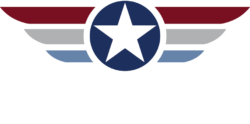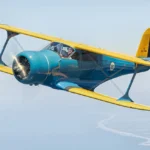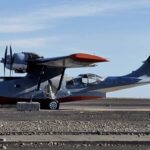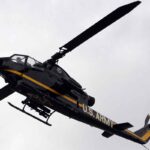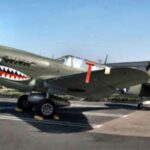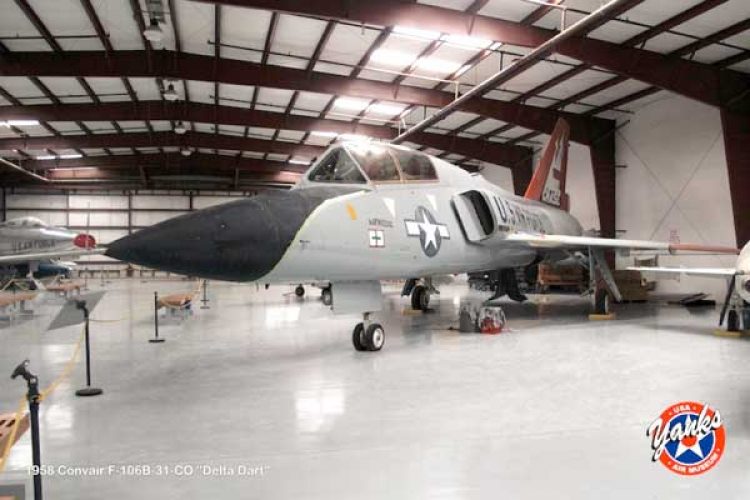
Service History
- Delivered: 11/29/1958 Stricken: Unknown, 1992 or later.
- 11/58 USAF Flight Test (ARDC) Edwards AFB, CA
- 9/59 539TH Fighter-Interceptor (ADC) McGuire AFB, NJ
- 10/59 Sacramento Air Mat Area, Palmdale, CA
- 12/59 Convair, San Diego, CA
- 5/61, 8/67, 1/77, 5/81, 1/83 San Antonio Air Logistics Area Kelly AFB, TX
- 12/61 Returned to F-106B configuration (Test Support)
- 7/67 General Dynamics Fort Worth, TX
- 9/76 Sacramento Air Logistics Center, McClellan AFB, CA
- 7/79 Tyndall AFB, FL-12/80 2851ST Air Base Grp (AFLC) Kelly AFB, TX
- 11/82 325th FWW (TAC) Tyndall AFB, FL
- 6/86, 10/86 120th FIG (ANG) Great Falls MAP, MD
- 9/86 177th FIG (ANG) Atlantic City, NJ
- 10/86, 5/87 North American Rockwell, PALMDALE, CA
- 12/86 San Antonio ALC
- 12/91 475th WEG (TAC) Tyndall AFB, FL
The multiple bomber raids of WWII were no longer effective. Now armed with nuclear weapons, one aircraft could destroy an entire city. An interceptor with supersonic capabilities was needed to stop the potential attack by Soviet bomber aircraft. The F-106 was created for this purpose.
The fully combat capable F-106B was derived from the single seat trainer version TF-102. Though similar, many changes like the coke-bottle shaped fuselage helped to increase performance and in December 1959, the F-106 set a new world speed record 1,525.96 MPH at around 49,500 feet. All systems were created prior to assembly to be compatible and integrated including the internal weapons systems.
Part of the “Century Series”, the F-106 saw active duty for twenty-eight years. In 1970 pilot Gary Foust ejected from an ill-fated F-106, but much to the pilots dismay the plane landed safely all by itself. In 1986, Flight Systems modified 194 F-106’s to QF-106 target drones.
This aircraft was used by Rockwell, at Kelly AFB, San Antonio, TX as a chase aircraft for the B-1B. Acquired by Yanks in 2004.
